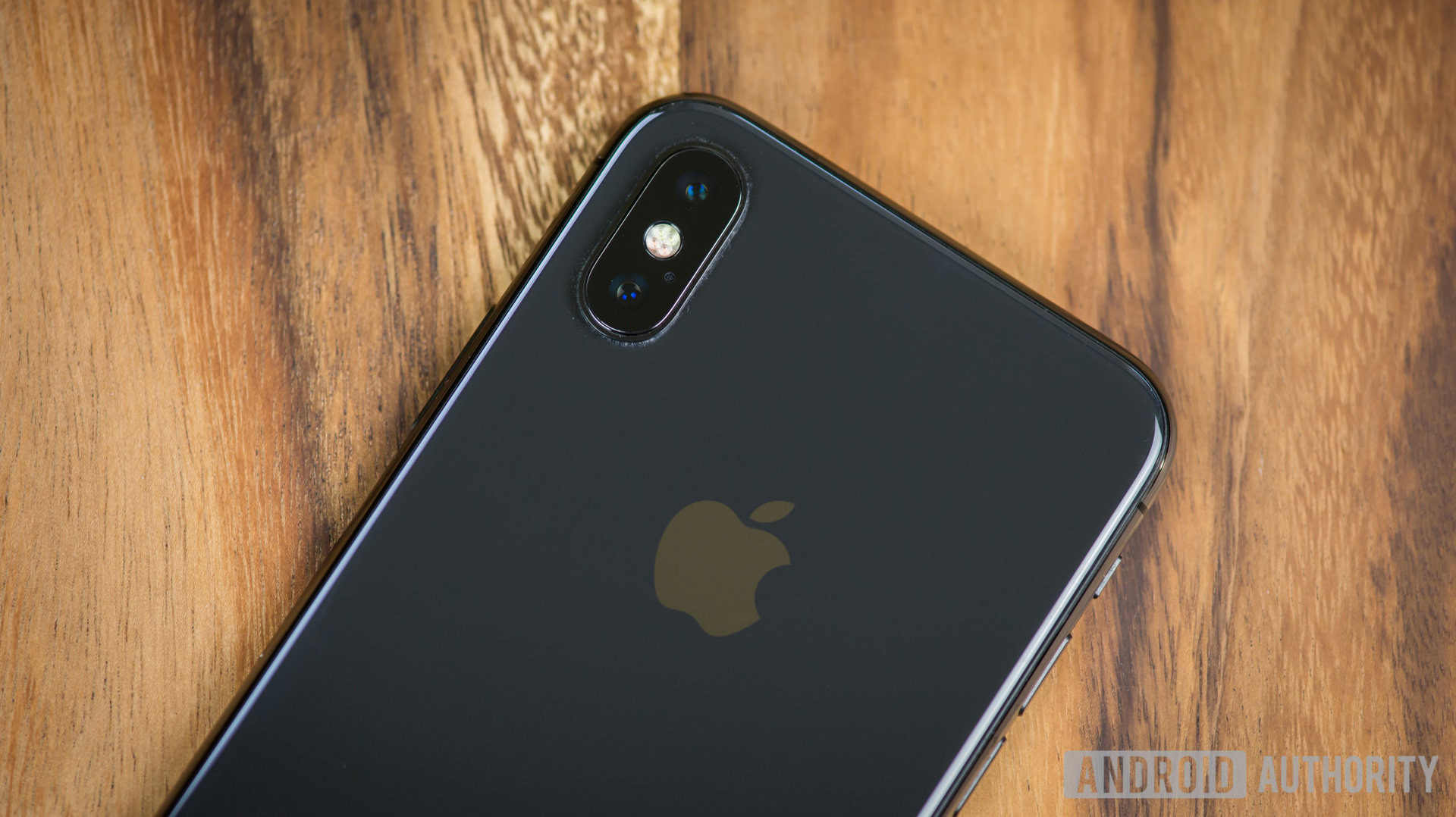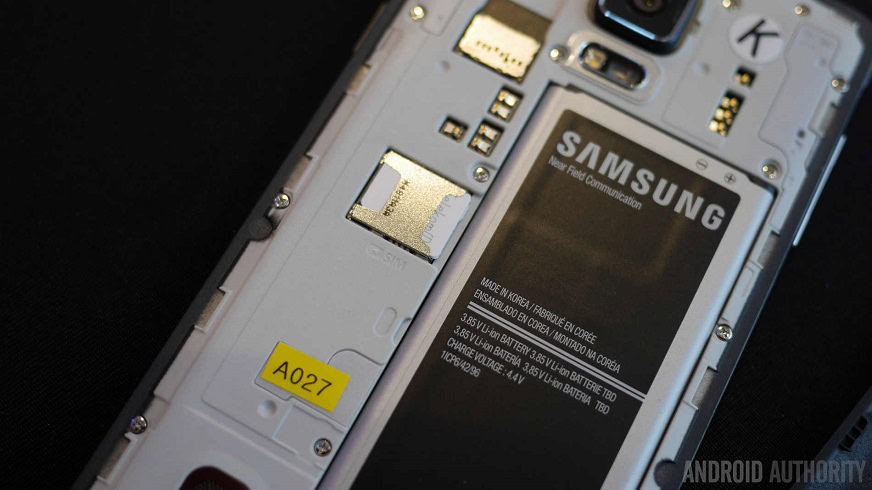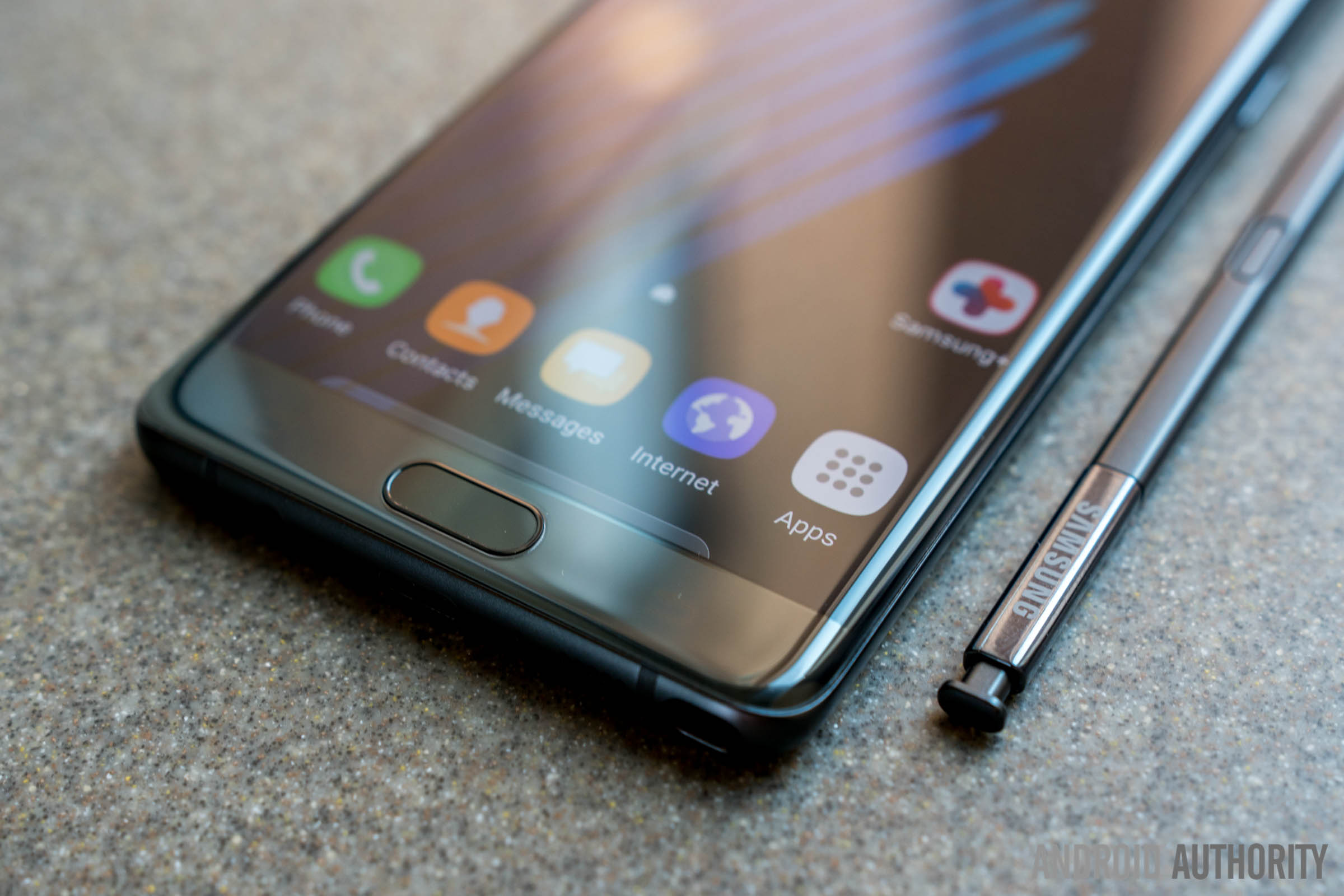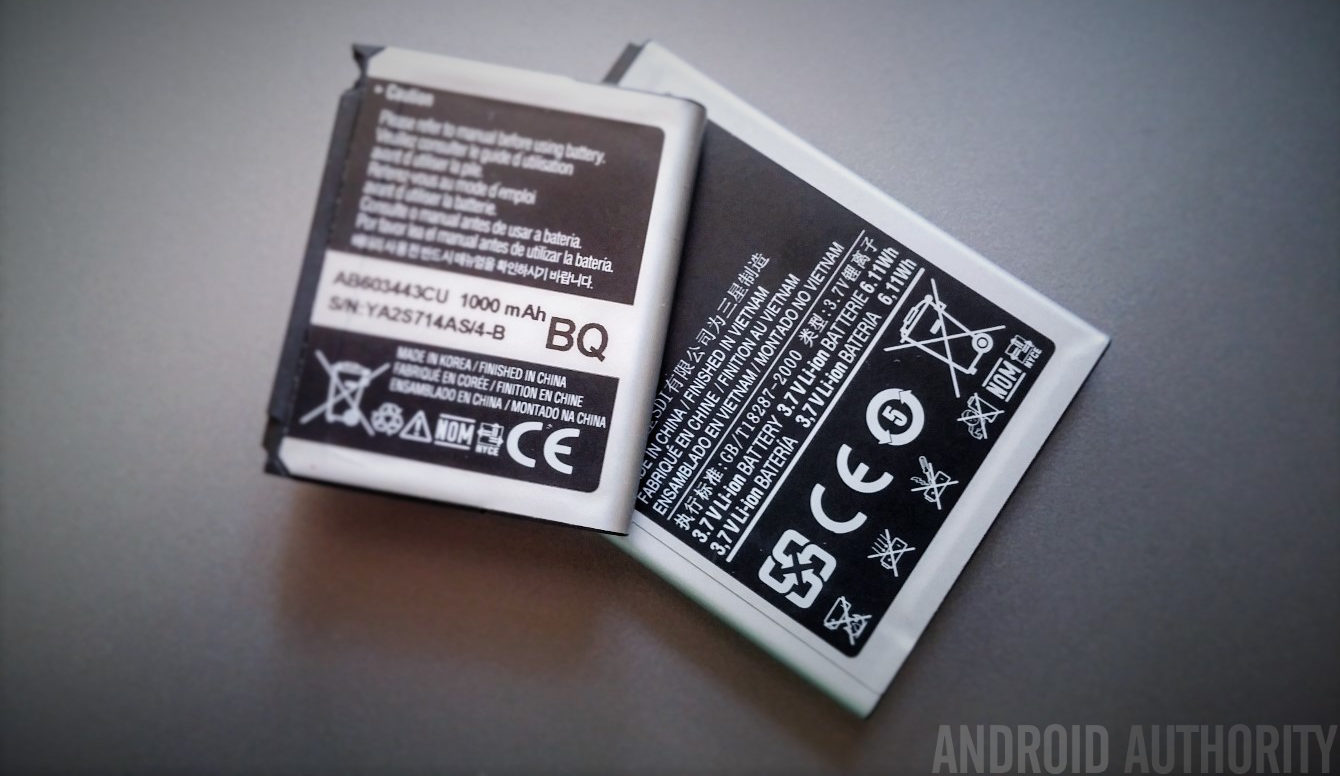Affiliate links on Android Authority may earn us a commission. Learn more.
iPhone CPU throttling is another argument for replaceable batteries
Published onDecember 21, 2017

Reddit has struck again, this week correctly identifying that Apple is slowing down its older iPhones with iOS updates that throttle peak CPU speeds. The reason, according to Apple itself, is that it needs to limit performance in older phones to prevent unwanted shutdowns, and that those shutdowns are happening because old batteries can’t supply the necessary amount of current for its high performance processors.
The theory that old products, particularly iPhones, are deliberately slowed down certainly isn’t new, but the conspiracy theories are wrong about the motivation. Apple is correct to point out that battery power output, or more precisely internal resistance build up, is an issue that affects all lithium-ion batteries, and therefore smartphones, eventually. So, Apple is actually doing consumers a favor by keeping their old phone running, albeit slower, rather than forcing them into an early replacement.
Our goal is to deliver the best experience for customers, which includes overall performance and prolonging the life of their devices. Lithium-ion batteries become less capable of supplying peak current demands when in cold conditions, have a low battery charge or as they age over time, which can result in the device unexpectedly shutting down to protect its electronic components.Last year we released a feature for iPhone 6, iPhone 6s and iPhone SE to smooth out the instantaneous peaks only when needed to prevent the device from unexpectedly shutting down during these conditions. We’ve now extended that feature to iPhone 7 with iOS 11.2, and plan to add support for other products in the future.
While there’s probably a case to be made that Apple should be better at engineering a smartphone that doesn’t require throttling after a couple of years just to keep functioning, the issue makes the case for one of the most contentious debates surrounding recent smartphones – removable batteries.

This wouldn’t be a problem if we could replace the battery
This argument has been made countless times – if my battery starts to discharge too quickly or my phone shuts off randomly, I want to be able to replace the battery to fix the problem rather than buy a new phone. And this is the most appropriate solution to the Apple CPU throttling issue — changing out the battery sees the phone running at full speed again.
Of course, you can pay Apple a handsome sum of $79 (£79!) to fix the problem for you, but that’s an inconvenience and financial cost that consumers shouldn’t have to bare. User replaceable batteries used to retail for easily less than half that cost, and swapping out the cell took barely a minute rather than having to ship your phone off for a week.
Apple's customers are reaping the drawbacks of prioritizing design features and aesthetics over function.
Unfortunately, the vast majority of smartphones, especially in the high-end tier, no longer allow users to replace the battery. The life-cycle of these increasingly expensive gadgets is bound to a component with some very obvious flaws. Even LG finally succumbed to the trend this year, sealing the battery inside this year’s G6 and V30.
The whole issue reminds me of another fiasco that could have been solved a lot quicker if only the phone had a replaceable battery – the spontaneously combusting Samsung Galaxy Note 7. It would surely have been more cost-effective for Samsung if it could have shipped out new batteries to everyone and replace the ones inside its stock, rather than undertaking an expensive mass recall. Consumers would have been able to keep their new phones too.

Planned obsolescence and wasteful consumption
Of course, there’s a cynical angle that has some merit here too, and much more so than suggesting that OEMs are deliberately slowing down handsets. By locking the batteries away, consumers either have to pay more expensive servicing fees or stump up for an entirely new phone every two to three years. That’s income that goes directly to the OEM rather than some third party battery supplier, and a rational business move.
From the consumer’s point of view, planned obsolescence is contemptible, as it drastically increases our cost of participation in the market. However, OEMs can justify non-removable batteries with features like water proofing or cells that have to meet specific criteria for fast charging. So we too have a part to play with our purchasing habits, to encourage manufacturers to keep certain important features at the expense of other more luxurious ones. iPhone and other smartphone customers are reaping the drawbacks of prioritizing design features and aesthetics over function.
This expensive and wasteful cycle is being led by a weak link in our mobile products - the battery. There's a simple solution, but it doesn't align with manufacturer interests.
Equally, if not more concerning than the monetary cost is the effect that this wasteful cycle of rapid technology replacement has on our environment. Batteries are difficult to appropriately dispose of anyway, but so are the plastics inside our phones. Furthermore, our smartphone components are full of precious metals and rare earths too. These are in increasingly short supply as the tech industry continues to grow and minerals are becoming more expensive to mine. Recycling smartphone components is difficult and very few people even bother. Ideally, we should keep our products running as long as possible.

Bring back removable batteries
Now that smartphone processing technology is more than good enough for the typical use case, the performance argument for regularly updating no longer applies. The same can be said for camera quality, video playback features, and even mobile gaming. You don’t have to be an eco-warrior to see that short upgrade cycles aren’t necessary or even desirable these days. Generally speaking, consumers are trying to hold onto their phones for as long as possible. However, this expensive and wasteful cycle is still being pushed by the biggest weak link in our mobile products – the battery. OEMs should be building products with this issue in mind.

Of course, this isn’t to say that every phone must offer a removable battery. There are use cases, such as extreme waterproofing, that can’t be catered to with exposed ports and parts. However those are minority desires rather than a consensus, and the majority of consumers would at least be better off with more choice when it comes to products with replaceable cells.
Apple’s CPU throttling issue is just another study to add to the growing case to bring back removable batteries.